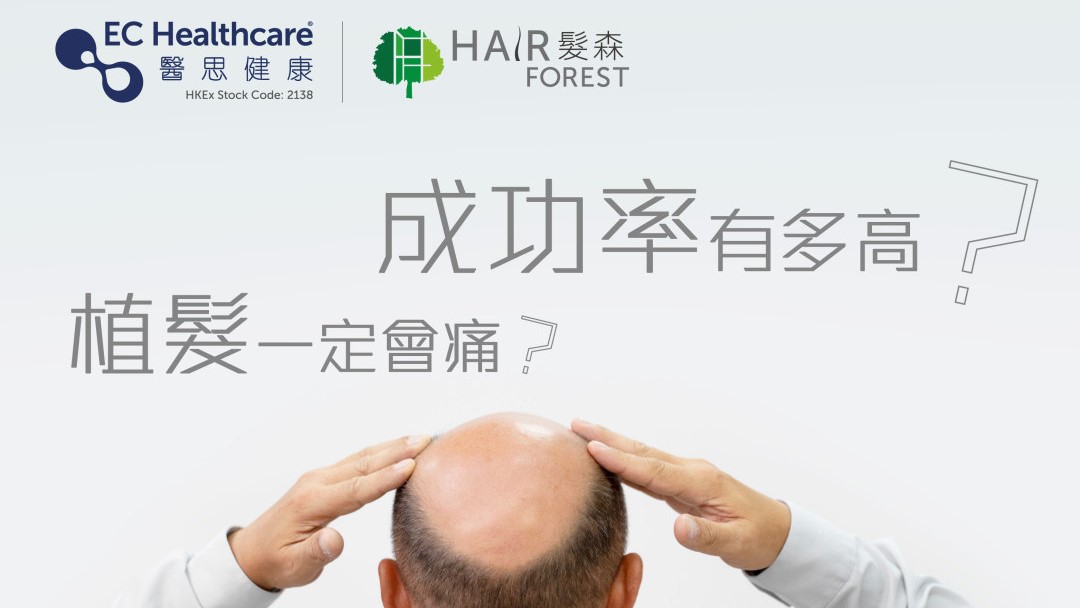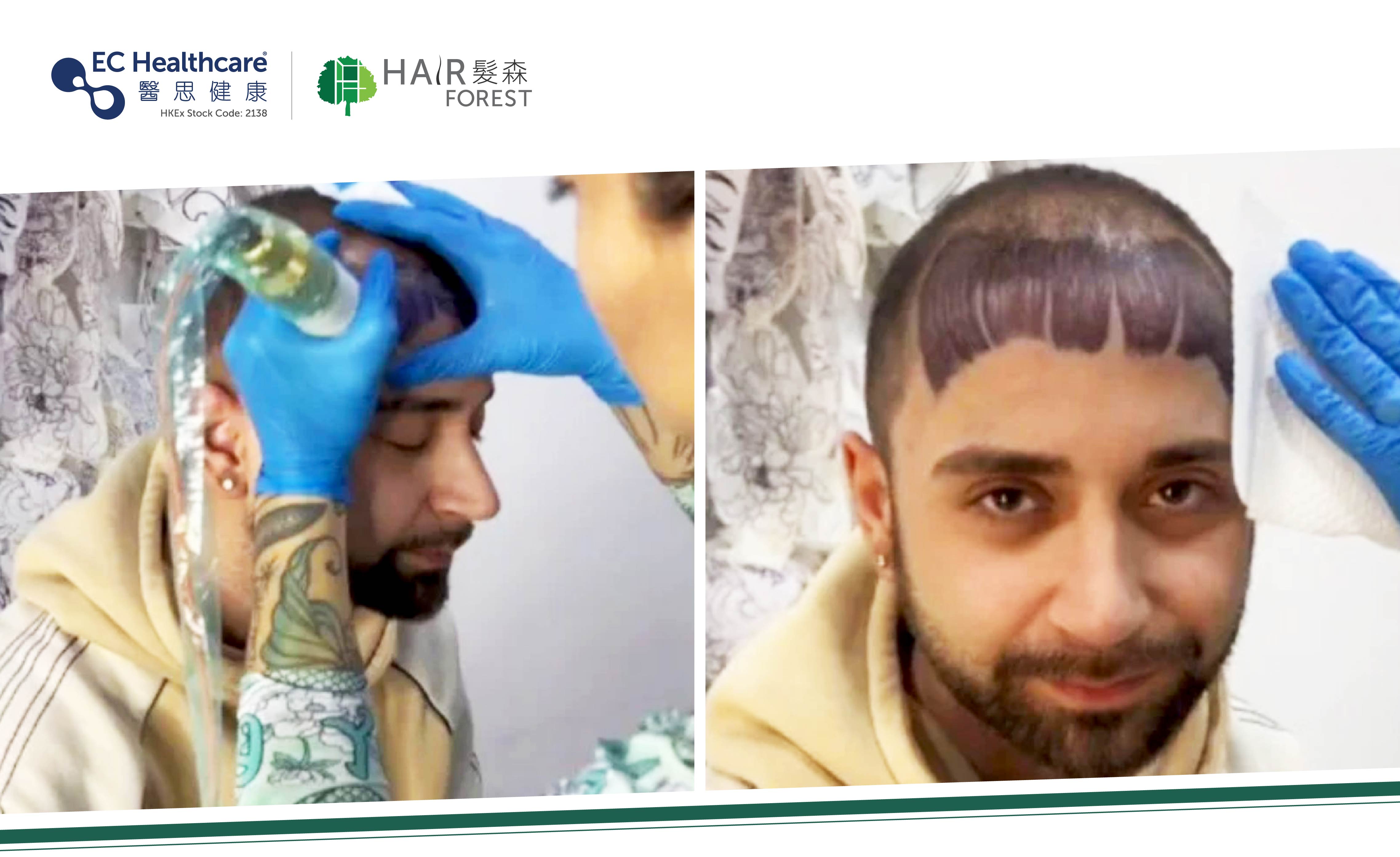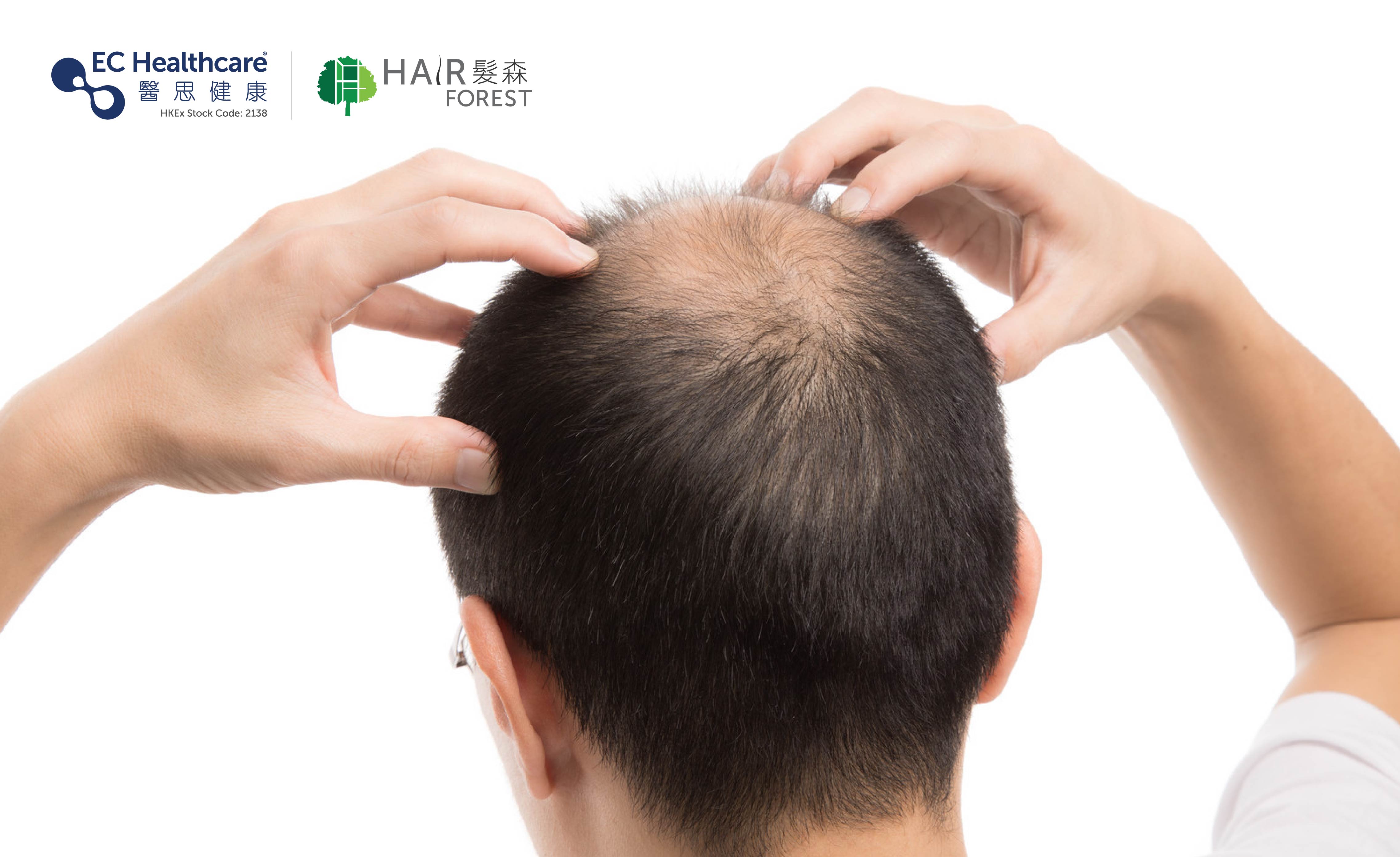Does A Hair Transplant Always Hurt? What Is The Success Rate? How To Choose A Hair Transplant?


Hair loss is no doubt a perpetual nightmare for men. Hong Kongers, in particular, are under increasing work pressure, coupled with irregular diet, unhealthy lifestyle and genetic factors, hair loss is starting to happen at a younger age. Many people look for every possible way to get their hairline back, and eventually, they will consider transplant treatment which could be painful and unsatisfactory. If you want to have an effective and successful treatment, let’s take a closer look at hair transplant surgery in the market.
Hair changes in adult men
Between the ages of 30 and 40, adult men are in the prime of their careers, with the pressure of providing for their parents, their wives and children, as well as the pressure of paying for a car and a flat. They are prone to sleep deprivation and nutritional deficiencies, compounding their problem of hair loss. In some cases, male baldness can occur as early as 25 years of age due to family history.
In view of the intimidating male pattern baldness, oral medication and hair growth lotions can only prevent the ongoing degeneration of incompletely atrophied hair follicles, but cannot allow the shrunken hair follicles to grow back. To regrow hair where there are no hair follicles, only hair transplants are truly effective in saving middle-aged men from baldness.
Who is not a good candidate for hair transplant?
Some people choose hair transplants as a last resort when hair loss has reached its most severe stage. You can consider hair transplantation if you have moderate hair loss because you cannot just have a hair transplant if you want to, your doctor will need to review the number of hair follicles and their health. If most of the hair follicles are already necrotic, the whole head will be extensively hairless and you will not be able to implant them even if you want to. Clinically, there are several types of people who are most commonly treated with hair transplants, including:
Men with male pattern baldness, M-shaped hair loss or O-shaped hair loss;
Women with thinning hair;
People who want to improve the appearance of their faces through hair transplants.
How do I choose a hair transplant?
Hair transplantation is a straightforward hair revitalisation procedure. There are two main types of hair transplantation: the traditional “strip method” (FUT) and the newer minimally invasive hair transplant (FUE). You can choose the right hair transplant by following the questions and answers below:
1. If I am afraid of pain, which surgery should I choose?
Minimally invasive hair transplant. As long as the scalp is anaesthetised, there is no pain, and the minimally invasive technique allows the hair follicles to be drilled precisely, resulting in smaller wounds and less sensation after surgery.
2. Which type of wound is less visible?
The traditional strip method entails cutting out a strip of scalp tissue, leaving a visible linear scar. The minimally invasive approach causes only tiny punch excisions, which are not visible at all.
3. If I want to go to work the next day, what kind of surgery should I choose?
Minimally invasive hair transplant. The traditional approach requires 1 to 2 weeks to remove the stitches because the scalp has to be cut out, and you may not be able to work during this period (especially for manual work); whereas minimally invasive surgery takes only 2-3 days to recover.
4. Will my hair become thinner after the hair follicles are removed from the back of the head (donor area)?
The doctor will extract the hair follicles in the donor area in a reasonable proportion so that the hair will not become thinner.
5. Which hair transplant procedure has a higher success rate?
Hair transplant surgery depends on 3 steps: hair removal, placement and growth. When the hair follicles leave the body for too long, the survival rate is greatly reduced and the hair may have lost its ability to grow by the time it is reinserted.
For minimally invasive surgery, the surgeon makes use of a mechanical device to speed up hair removal. The latest ARTAS hair transplant robots now available on the market can plan the area of hair extraction. The process is several hours faster than general hair transplants, thus increasing the success rate.
Hair Forest - Exclusive ARTAS Smart Hair Transplant (10th Generation)


Hair Forest introduces the exclusive ARTAS Smart hair transplant robotics, using the world's latest R&D of the 10th Generation AI and image tracing technology as well as a unique multi-axis robotic arm design to enhance the stability of FUE operation. ARTAS minimises the human factor influence of a surgeon who spends long hours performing the procedure. Further, its angle, direction and density of implantation are 6 times more precise than manned hair transplant, resulting in a success rate of over 95%!
The fastest hair transplant technology in Hong Kong
FDA-approved technology
State-of-the-art AI technology with over 95% survival rate of hair follicles
Recommended by 96% of medical professionals
6 times more accurate and 5 times more successful than traditional FUE
1–2-day downtime, ready for work the next day
No scalp cutting, no change in appearance
Tiny punch transplant, no scars after surgery
Related Brands










